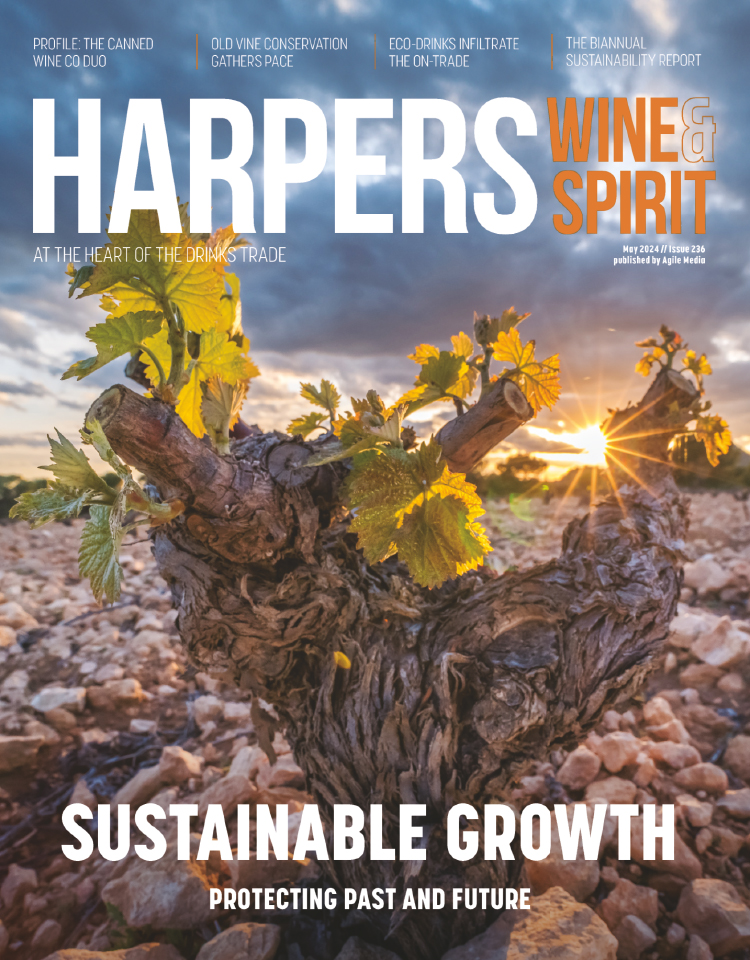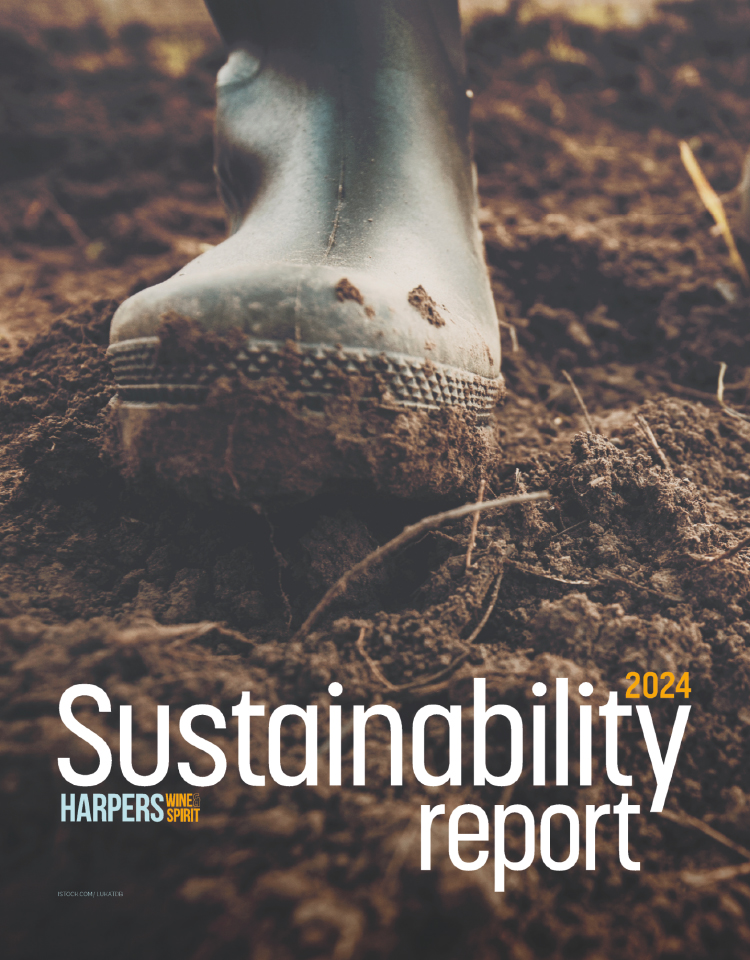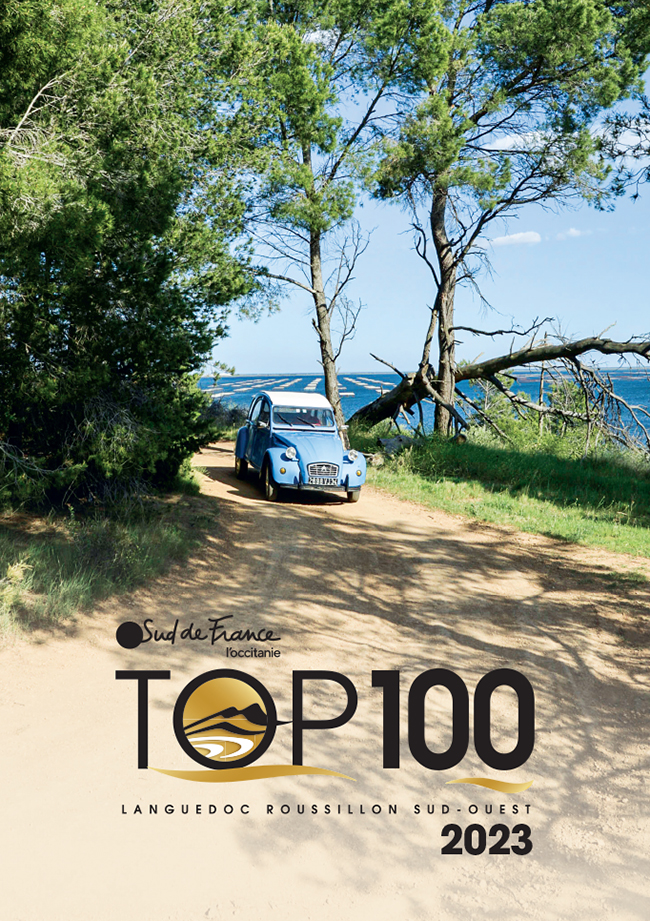Golden age
Rewind a few years, and vodka and gin were in the ascendancy in style bars across the country. Cocktails such as the cosmopolitan were de rigueur, and vodka in particular was seen as the base spirit of choice for creative bartenders. Meanwhile, poor old rum had a rough image: a relic from the past century, with the odd pirate gag never too far away. But now, rum is beginning to shake off these connotations and is gaining the respect from bartenders - and more importantly, consumers - that it quite clearly deserves. And it should
be said that while it's easy to poke fun at the maritime connections, these only exist because they played a crucial role in the history of rum itself.
Rum is thought to be the world's oldest distilled spirit, and it was first brought to Europeans' attention in the mid-1600s.
The source of rum, sugar cane, is not native to the Caribbean; it was brought to the islands by the Spanish, and by the 1700s the UK and France had established trading ties.
No one can be sure about the definitive derivation of rum's name. Some say it may be French in origin (arome), relating to its smell; others believe it comes from the word rumbullion', which means uproar' in Old English and stem stew' in Creole;
a third theory is that it is from the Latin word for sugar, saccharum.
White hot
For many people, the entire rum category begins and ends with Bacardi. The company enjoys a UK market share of more than 85% in both the on- and off-trade and is the most popular brand call of any spirit in the UK.
Senior trade-marketing manager Fraser McGuire, unsurprisingly, is assured and confident about the brand and puts its success down to its versatility: It's easy to serve in long or short drinks, with basic mixers or in more complex cocktail recipes,' he says. It also forms the base ingredient for a number of classic cocktails, particularly the Cuba libre [rum and Coke] and the mojito.'
But author Dave Broom, whose book Rum has won just about every award going, thinks that, actually, most Bacardi drinkers don't consider the product a rum at all and probably think of it as some sort of white spirit'. You can't imagine many people drinking Bacardi neat or on the rocks, but with Bacardi and Coke' ingrained in the drinking lexicon, I shouldn't think Fraser McGuire has too many sleepless nights.
In general, rum is doing pretty well. Sales are increasing by an average of 3% a year in the UK off-trade, and it's clear that in the on-trade, bartenders now understand the product better and are far more willing to embrace it. Where rum is falling behind, however, is in consumer awareness.
It is only now that consumers are starting to wake up to the potential of rum. Compared with, say, brandy, rum
has so many styles and can be drunk long, short, in a cocktail and so on. It is hard to think of another spirit that can range from clear, intense and powerful to dark, rich and complex.
Kushal Gaya, director of Green Island, which produces a series of overproof and spiced rums from Mauritius, says it is only the Brits who have hang-ups on rum's navy connections. I think that people would say it's a sailor's drink or it's from the Caribbean, but for me, rum is not rum and Coke; it's a way of living,' he says. When I drink rum, it takes me back home. People are born and bred with it: if you don't drink it, it's like you're unpatriotic.'
Further afield, Inner Circle rum from Australia has won widespread critical acclaim, and Mike Gilmer, sales director
of The Drinks Group, Inner Circle's UK distributor, believes that consumers are starting to realise the potential that rum - and, in particular, aged rum - has. UK spirit drinkers are starting to understand that rum is more than pirates shouting "Yo, ho, ho",' he says. And while many younger drinkers may not yet have found out that the ubiquitous Bacardi is in fact a rum, there are early indications that consumers are opening up to the fact that quality "rums" can come in a number of guises.'
Quality aged rums are still very much a niche product - and also rather thin on the ground. Dave Broom says that rum's main problem is that while it has the kudos of bartender appeal, this has yet to translate into actual sales, in a similar way to premium vodka. To be brutally honest, I don't think the consumer has a perception of rum; and I honestly don't think they see rum as a navy drink, either,' he says. I'm always surprised how astonished people are when they taste a Caribbean golden rum for the first time. There is a huge job to be done on education.' So, according to Broom, rum's biggest hurdle is making the jump from on-trade to off-trade.
One bartender doing his best to spread the word is Ben Reed of ip bartenders, a consultancy that trains bar staff across the country about all things drink-related. Reed speaks to bartenders all the time, and the feedback he is getting is very positive. Whereas in the past bartenders were drinking a lot of bourbon, these days they're all drinking rum,' he says. That alone shows that there is a significantly greater interest. Rum is definitely on the rise, and when you look at the different styles available, the category's got it all.
You could also include cachaa in the same category as rum, seeing as it is made from sugar cane. Caipirinhas and mojitos are almost the cosmopolitan of 5-10 years ago, and it always helps if there is a cocktail to champion the cause of a category.' Reed has also noticed an upsurge of interest in overproof rums, which, he says, people have finally realised work well in cocktails, compared to the past, when they used to drink them just to get pissed really quickly'.
Back to school
The biggest-selling overproof rum in the world is made by Wray & Nephew, which also has Appleton rum on its books, whose V/X brand has gained a listing at Sainsbury's, as well as frequent appearances in style bars. Brand manager James Robinson says that while white rum is still by far the dominant style, golden rum is leading the pack, with 10% year-on-year annual growth. While gin and vodka have always been staple cocktail ingredients, golden rum in particular is having an increasing presence on cocktail menus. Classic golden-rum cocktails such as the mai tai, mojito, mule and voodoo are all growing in popularity.'
The company is keen to educate bartenders on the merits of overproof rum and has set up a series of training programmes, entitled 100% Jamaica. A competition was also set up, offering one bartender the chance to visit the real' Jamaica. A similar programme, the Appleton Academy, has trained 300 bartenders across the UK.
The person who gave Appleton V/X its off-trade listing, Sainsbury's spirit buyer Melissa Draycott, says golden rums are sexier and more trendy' than their dark counterparts, helped in part by the mojito. She also thinks that Bacardi has always seemed a sexy product', due in no small part
to its adverts, which in the past showed a group of Miami Vice types in white tuxes jumping into a speedboat and partying the night away at The Dog & Duck, down the high street', as the cockney voiceover-man had it. Now, on the other hand, the ad campaigns have a Latin feel, complete with glamorous seoritas dancing on tables, pouring rum down the throats of eager' clubbers. Oh, and Vinnie Jones.
Golden rum is quite clearly the style enjoying the most success in the UK at the moment. One brand on the rise is Pernod Ricard's Havana Club, which makes full use of its Cuban heritage in its marketing. It may be struggling to gain a foothold in the UK off-trade but it has a great reputation, thanks to bar listings and simple word-of-mouth from bartenders. Roger Harrison, Pernod Ricard's head of marketing for light spirits, admits that the brand has been built in the UK by education and that it will continue to associate itself with the cocktails of the moment.
Consumer awareness can be gained through sponsorship, too, and Barbados-based Cockspur is trying to achieve this through cricket - a true bond between the UK and the Caribbean, if ever there was one. Cockspur is the official rum of Lashings Cricket Club, which plays friendly matches against club teams all over the UK and boasts world-class line-ups, including West Indian greats Richie Richardson, Curtley Ambrose and Gordon Greenidge. The brand also sponsors the English Cricket Board's national knockout competition, the Cockspur Cup.
Dark destroyer
Despite the supposed doldrums that dark rum finds itself in, it does, in fact, have a strong presence in the UK off-trade, with Diageo's Captain Morgan in the number-two spot and Lamb's Navy at four. Captain Morgan sales by value come in at 12.3 million (7% down on 2004), with Lamb's Navy down 1% at 9.7 million (AC Nielsen to July 2005), which is still miles behind Bacardi's 85.2 million.
Where dark rum has, as many a politician would have it, a window of opportunity is in aged rums. These rums have wonderful complexity and also diversity, with each Caribbean island producing its own style, differing as much as Scotch whiskies do from Islay and Speyside.
John Barrett, MD of Bristol Spirits, began importing rums in 1990, when he believed that the category was being neglected. His company boasts a range from a clutch of Caribbean islands, including a couple from Jamaica and Guyana that are more than 30 years old. He thinks that people are beginning to tire of vodka, particularly in light of the number of flavoured vodkas around today, but admits that aged dark rums are
not for everyone. What frightens some people about our rums is that they have so much flavour - you could call it the Laphroaig whisky syndrome: you either love it or you hate it. When you get to the golden sector, you see the extra qualities that extra maturation can give you, such as the more complex flavours and the greater length of flavour. I'm a great believer of drinking these products by themselves with lots of ice or, alternatively, by using them in cocktails. You have so much more flavour to play with.'
What will ultimately decide rum's fate, as ever, is money - and whether Diageo, Pernod Ricard and the rest will add their considerable financial clout to back their rum brands. If they do this, the public will become increasingly savvy, start to experiment with styles and then, hopefully, trade up. If not, then the stereotypical attitudes to rum will remain - and what a terrible, wasted opportunity that would be - while the Cuba libre, with or without its lime wedge, continues along its path
of global dominance.





